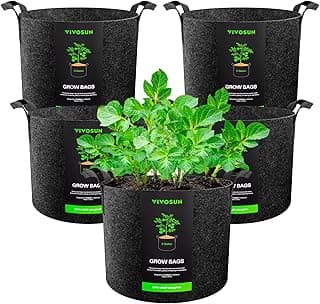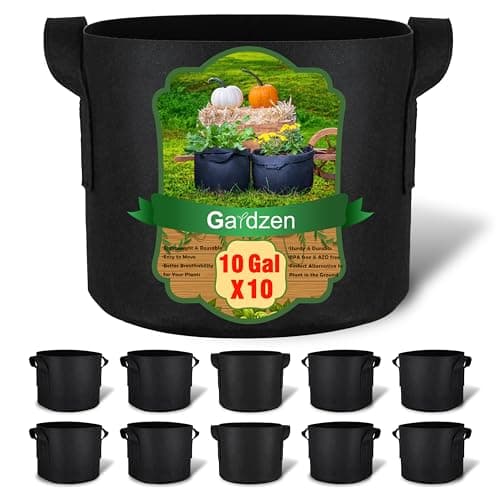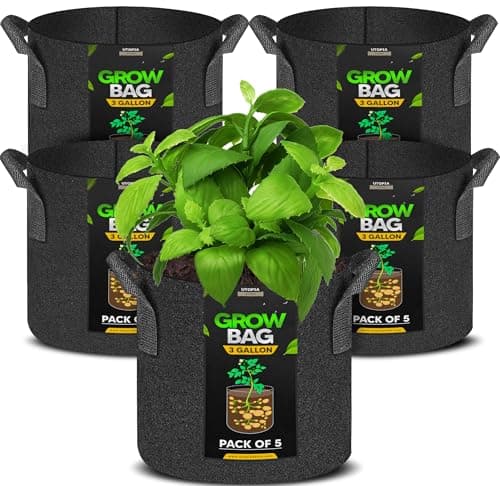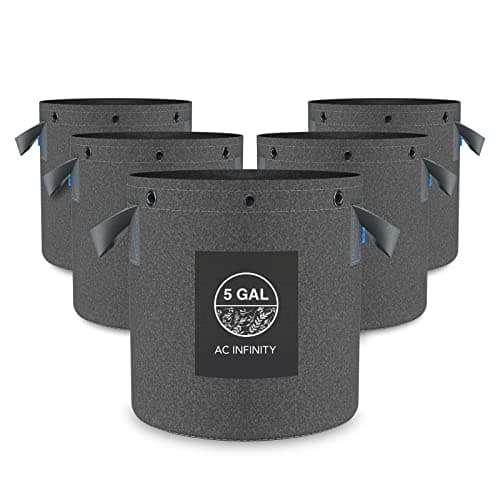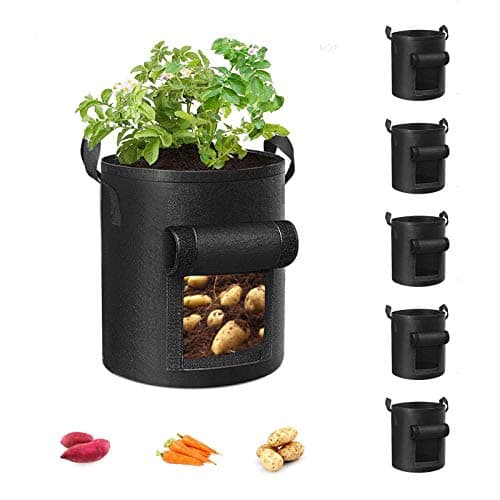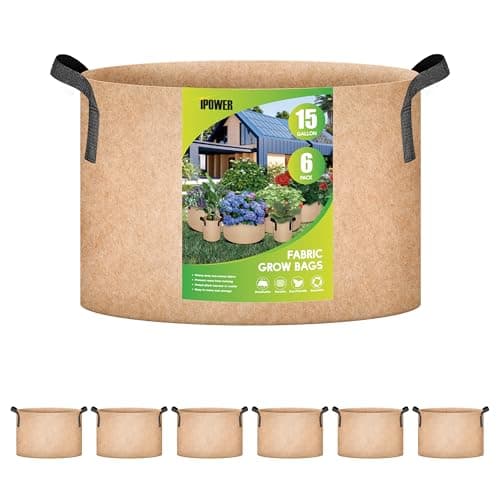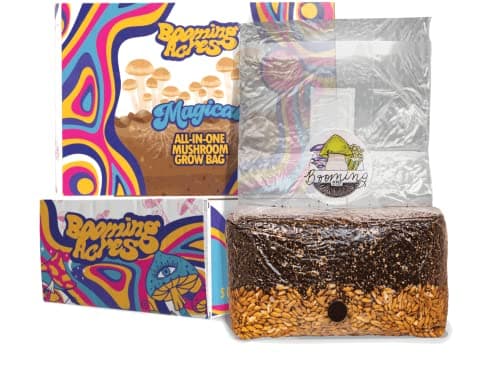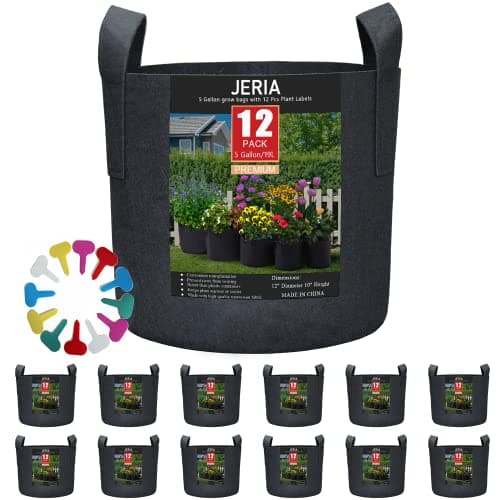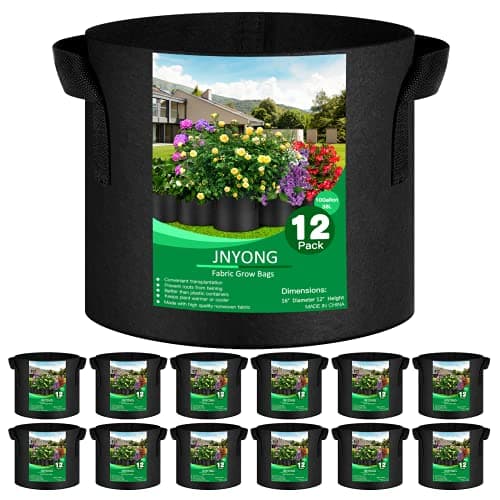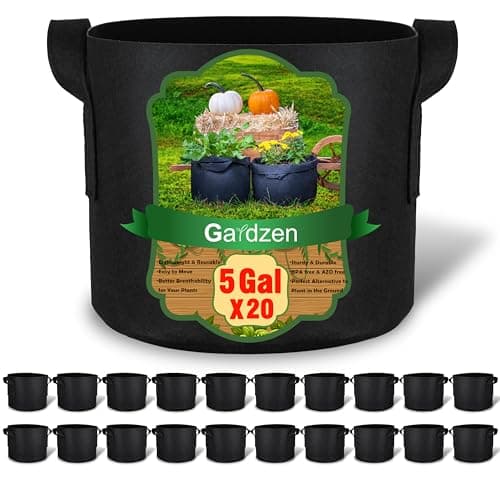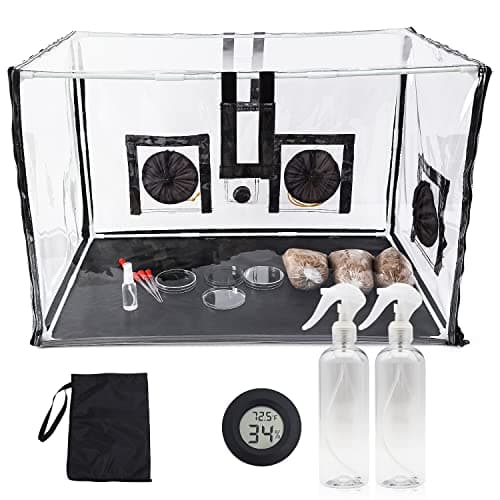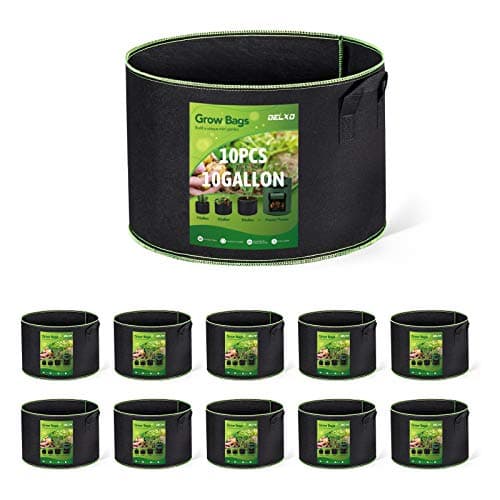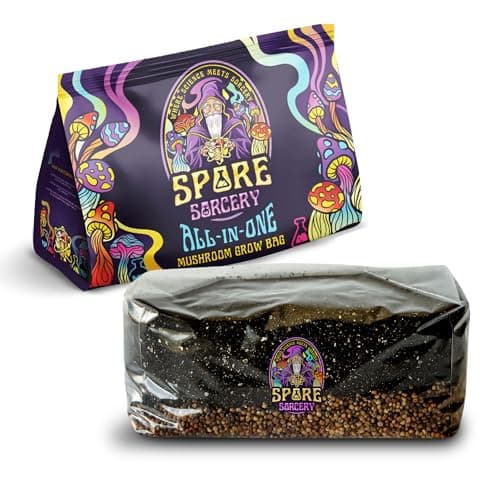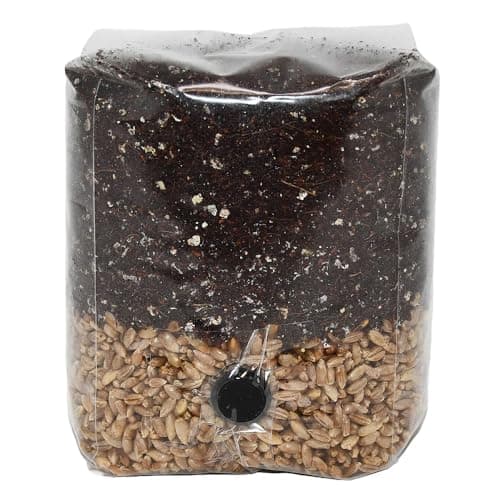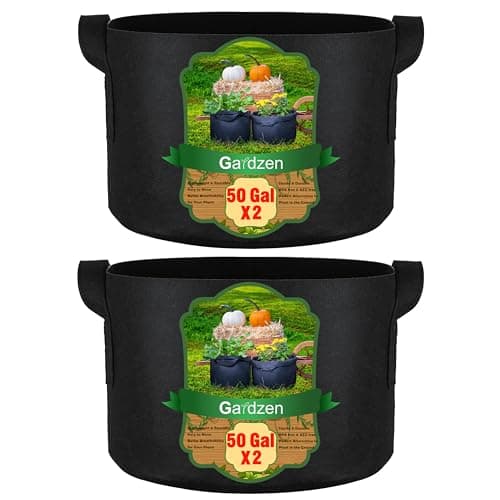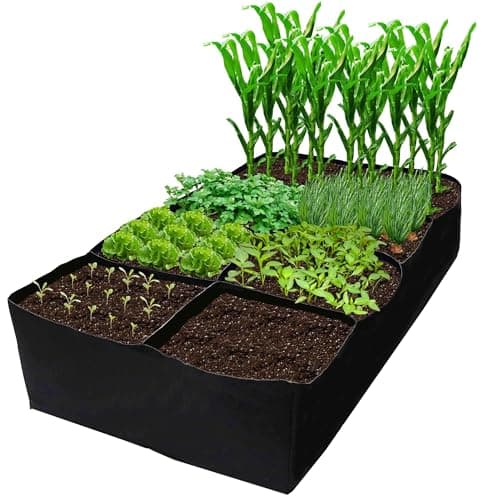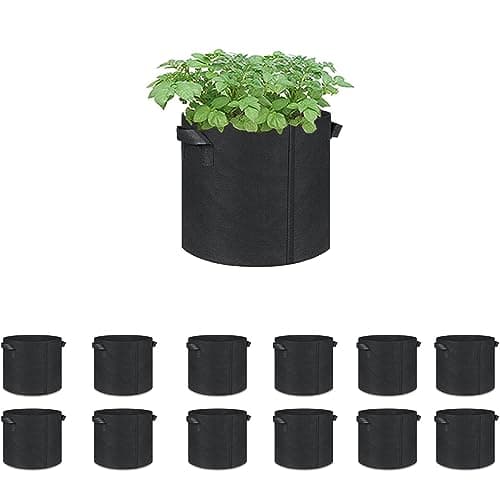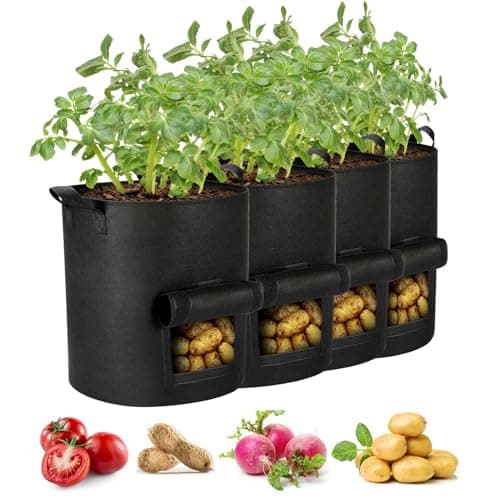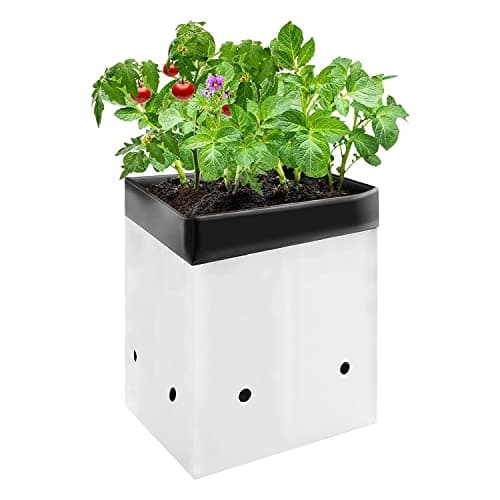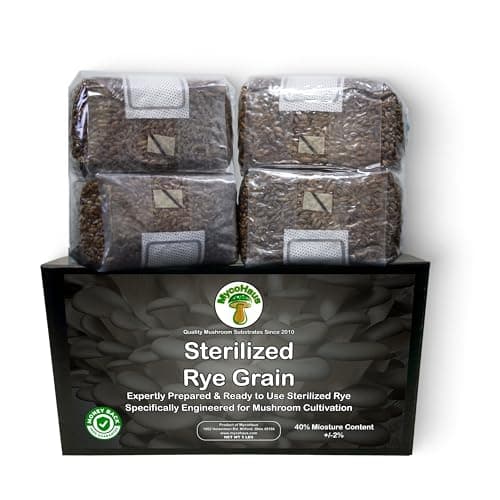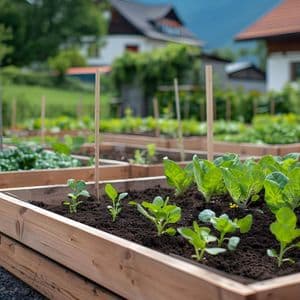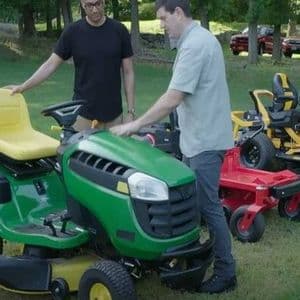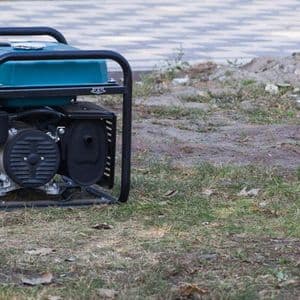Key Considerations When Buying the Best Grow Bags
Breathability
The grow bag must be made of breathable material. A light, porous fabric allows air to flow into the bag, ensuring the roots receive adequate oxygen. Proper aeration promotes healthy root development and prevents issues like overwatering. Always prioritize breathable grow bags for optimal plant growth and survival.
- Source: Gardening Know How
Reusability
Reusable grow bags are an eco-friendly and cost-effective choice. After one plant’s life cycle ends, you can clean the bag and use it to grow another plant. Look for durable bags that can withstand multiple planting cycles without losing their effectiveness.
- Source: Modern Farmer
Portability
Ease of movement is essential for grow bags. Whether you need to reposition the bag for better sunlight or protect it from extreme weather, it should be lightweight and easy to carry. Opt for bags with user-friendly handles to make transportation hassle-free.
- Source: The Spruce
Durability
Durability is a key feature of a good grow bag. The material should withstand wear and tear, especially as plants grow and roots expand. A high-quality, durable grow bag ensures your plants remain safe and supported throughout their growth.
- Source: Better Homes & Gardens
Features to Look for in the Best Grow Bags
Ease of Planting
Choose grow bags that simplify the planting process. Bags with a wide opening or flexible material make it easier to fill with soil, plant seeds or saplings, and manage your plants as they grow.
- Source: Epic Gardening
Root-Pruning Design
A quality grow bag prevents root circling, a common issue in traditional pots where roots grow in a circular pattern due to limited space. Look for grow bags designed to air-prune roots, which encourages healthy, outward root growth and prevents root-bound plants.
- Source: Gardening Know How
Lightweight Design
A lightweight grow bag makes handling and repositioning easier, especially for larger plants. Avoid overly heavy materials, as they can complicate movement when filled with soil and plants.
- Source: Modern Farmer
User-Friendly Handles
Handles play a critical role in the usability of grow bags. Choose bags with sturdy, medium-sized handles that are comfortable to grip and allow easy carrying. Avoid overly small or large handles that can make handling awkward.
- Source: The Spruce
FAQs
1. What are plant grow bags?
Plant grow bags are containers made from breathable materials like fabric, felt, or plastic that are used to grow plants. They provide excellent drainage, aeration, and root pruning, making them ideal for various plants.
2. What are the benefits of using grow bags?
Grow bags offer several benefits, including:
-
Improved root aeration
-
Better drainage
-
Prevention of root circling
-
Portability and space-saving
-
Versatility for indoor or outdoor gardening
3. What materials are the best grow bags made of?
The best grow bags are typically made of:
-
Breathable fabric or felt for aeration
-
UV-resistant materials for durability
-
Reusable and eco-friendly options
4. Which plants grow best in grow bags?
Common plants for grow bags include:
-
Vegetables: Tomatoes, peppers, potatoes, cucumbers
-
Herbs: Basil, mint, parsley
-
Flowers: Petunias, marigolds, and pansies
-
Root crops: Carrots, radishes, and beets
5. How do I maintain plants in grow bags?
To maintain plants in grow bags:
-
Use high-quality potting soil.
-
Ensure proper watering (grow bags can dry out faster).
-
Add fertilizer as needed.
-
Position grow bags in adequate sunlight.

